Interviews with Experts
10 Revolutionary Agroforestry Systems for the Modern Farmer
Are you tired of traditional farming methods that leave your land depleted and your crops struggling to thrive?
There’s a better way to cultivate your fields, one that harnesses the power of nature to maximize your yield and sustainability.
Imagine a farming system that not only enhances soil fertility but also conserves water and captures carbon.
These 10 revolutionary agroforestry systems offer a glimpse into the future of farming, promising to transform the way you approach agriculture and elevate your productivity to new heights.


Key Takeaways
- Agroforestry systems, such as silvopasture, alley cropping, tree-crop integration, and intercropping, provide numerous benefits for soil health and conservation.
- These systems improve soil stability, prevent erosion, and enhance biodiversity through the integration of trees and diverse plant life.
- Agroforestry practices contribute to carbon sequestration, water conservation, and the prevention of soil erosion.
- Livestock integration and crop diversity further enhance soil fertility, provide natural pest control, and promote a sustainable and resilient agricultural system.


Silvopasture
Silvopasture integrates the planting of trees or shrubs with forage and livestock production, creating a sustainable and multifunctional agricultural system. By strategically integrating trees and forage, silvopasture offers numerous benefits for both the environment and livestock.
The trees provide shade, which aids in heat stress reduction for the animals, ultimately ensuring their safety and well-being. Additionally, the diverse plant life in silvopasture systems contributes to improved soil stability, reducing the risk of erosion and creating a safer environment for grazing.
The trees also act as a carbon sink, mitigating the impact of greenhouse gas emissions and contributing to a healthier atmosphere. From a safety perspective, the integration of trees and forage provides a more diverse and secure environment for livestock, reducing their exposure to potential hazards and promoting overall welfare.
Furthermore, the presence of trees can act as windbreaks, protecting livestock from harsh weather conditions and ensuring their safety during extreme events. Overall, silvopasture presents a scientifically sound approach to enhancing safety and sustainability within livestock production systems.


Alley Cropping
Alley cropping, also known as alley farming, involves planting crops between rows of trees or shrubs. This system allows for tree-crop integration, providing multiple yields from the same piece of land.
Furthermore, alley cropping has been found to be effective in preventing soil erosion, making it a valuable agroforestry system for modern farmers.
Tree-Crop Integration
In agroforestry systems, the integration of trees and crops, also known as Alley Cropping, offers modern farmers a sustainable and productive method to optimize land use and enhance ecosystem services.
By planting rows of trees alongside crops, you can increase the overall productivity of your land while promoting environmental sustainability. The trees provide numerous benefits such as shade, wind protection, and soil stability, creating a favorable microclimate for crop growth. Additionally, they contribute to improved soil fertility through nutrient cycling and organic matter accumulation.
The strategic arrangement of trees and crops in an alley cropping system also aids in water conservation and erosion control. This integrated approach not only enhances agricultural yield but also promotes biodiversity and carbon sequestration, making it a safe and reliable method for modern farmers seeking sustainable practices.
Soil Erosion Prevention
In agroforestry systems, integrating trees with crops can play a crucial role in preventing soil erosion. Alley cropping, for example, involves strategically arranging trees alongside crops to mitigate erosion through various mechanisms.
One mechanism is root binding, where the roots of trees hold the soil together, preventing erosion caused by water and wind. This root network acts as a natural barrier, keeping the soil in place.
Another way trees contribute to erosion prevention is through microclimate regulation. By providing shelter, trees reduce the impact of heavy rain and wind on the soil. This protection helps to prevent soil particles from being washed or blown away.
Trees also contribute to soil stabilization by adding organic matter. The leaf litter and pruned branches from trees enhance the soil’s organic content, improving its structure and stability. This organic matter acts as a binding agent, holding the soil particles together and reducing erosion.
Water infiltration is another benefit of integrating trees with crops. The presence of trees improves soil permeability, allowing water to penetrate the soil more easily. This increased infiltration helps to reduce surface runoff, minimizing erosion.
Lastly, diverse agroforestry systems support biodiversity, which in turn aids in erosion prevention. The presence of different plant species in an agroforestry system creates a healthy ecosystem. This ecosystem supports a variety of soil organisms that contribute to the prevention of erosion.


Intercropping
Intercropping, also known as companion cropping, offers several benefits to the modern farmer.
By planting different crops together, you can improve soil fertility and reduce the need for synthetic fertilizers.
This practice also provides opportunities for crop diversification, which can enhance resilience to pests, diseases, and climate variability.
Benefits of Intercropping
Maximizing land use through intercropping offers modern farmers an efficient and sustainable method to enhance crop productivity while promoting ecological balance. Intercropping provides several benefits:
- Enhanced Soil Health: Diverse crops with varying root structures and nutrient needs improve soil structure and fertility, reducing the risk of soil erosion and nutrient depletion.
- Natural Pest Control: The intermingling of different crops disrupts pest habitats, decreasing pest damage and the need for synthetic pesticides.
- Improved Yield Stability: By diversifying crops, intercropping minimizes the impact of environmental stressors, ensuring a more reliable harvest.
- Resource Efficiency: Intercropping optimizes resource utilization, such as water, sunlight, and nutrients, leading to higher overall productivity.
- Biodiversity Conservation: The coexistence of multiple plant species fosters biodiversity, contributing to ecosystem resilience and stability.
Improved Soil Fertility
Improved soil fertility is a key benefit of intercropping. The diverse root structures and nutrient requirements of different crops contribute to enhanced soil structure and nutrient availability. In intercropping systems, the combination of deep-rooted and shallow-rooted plants helps prevent soil erosion and compaction. Deep-rooted plants, such as legumes, can access nutrients in the lower soil layers, making them available to other crops with shallower roots. This enhances nutrient uptake and reduces leaching.
Furthermore, the diverse crop types in intercropping systems can improve soil microbial activity. This leads to enhanced nutrient cycling and organic matter decomposition. As a result, intercropping not only increases crop yield and diversity but also promotes long-term soil fertility. It is a sustainable and safe approach for modern farmers.
Crop Diversification Opportunities
Diversifying your crop selection through intercropping offers modern farmers a strategic approach to enhancing agricultural productivity and sustainability. Intercropping, the practice of growing two or more crops together in the same field, provides numerous benefits:
- Maximizes land use efficiency
- Enhances biodiversity and ecosystem resilience
- Reduces pest and disease pressure
- Improves soil structure and fertility
- Increases overall yield potential


Forest Farming
Forest farming integrates the cultivation of high-value specialty crops with the management of forest resources to create a sustainable and diversified agroforestry system. By mimicking the natural structure and functions of a forest, forest farming enhances biodiversity, soil health, and ecosystem resilience. This system involves cultivating crops such as ginseng, mushrooms, medicinal herbs, fruits, and nuts under the protection of a forest canopy. The trees provide shade, nutrient cycling, and habitat for beneficial organisms, while the crops contribute to the overall productivity of the system.
Forest farming offers numerous benefits. The forest canopy provides natural protection from extreme weather events and helps maintain stable microclimates, reducing the risk of crop damage. The diverse plant species in a forest farming system also offer a buffer against the spread of pests and diseases, reducing the need for chemical interventions. Furthermore, the integration of trees and crops enhances carbon sequestration, contributing to climate change mitigation.
When practicing forest farming, it’s important to conduct thorough research on suitable plant species for the specific forest environment, manage the system sustainably, and implement appropriate harvesting techniques to ensure the long-term health and productivity of the agroforestry system.
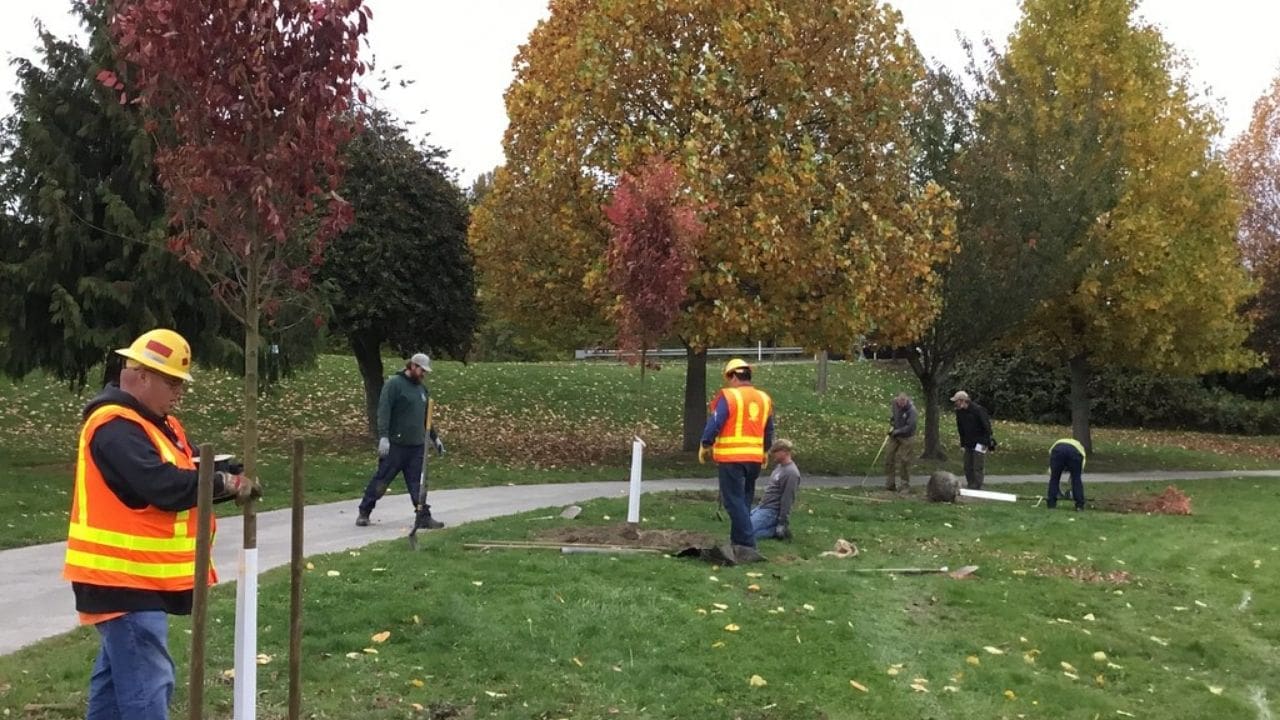

Sustainable Yield
To achieve sustainable yield in agroforestry systems, you can employ yield optimization techniques to maximize the productivity of your land.
Long-term productivity plans are essential for maintaining sustainable yields over extended periods, ensuring that your agroforestry system continues to provide economic and ecological benefits.
Implementing sustainable harvest practices will help you manage your resources responsibly and maintain a consistent yield from your agroforestry system.
Yield Optimization Techniques
Implementing sustainable yield optimization techniques in agroforestry systems requires a comprehensive understanding of ecological principles and efficient management practices to ensure long-term productivity and environmental stewardship.
To achieve optimal yield while maintaining safety and sustainability, consider the following:
- Selecting appropriate tree-crop-livestock combinations to maximize productivity and ecological benefits.
- Implementing integrated pest and disease management strategies to safeguard crop and livestock health.
- Monitoring soil fertility and implementing nutrient management plans to sustain long-term productivity.
- Utilizing efficient irrigation systems and water conservation practices to ensure resource sustainability.
- Employing agroecological principles to enhance biodiversity and ecosystem resilience.
Long-Term Productivity Plans
When planning for long-term productivity in agroforestry systems, it’s essential to integrate sustainable yield strategies that prioritize ecological resilience and resource conservation.
By implementing diverse and complementary plant and tree species, agroforestry systems can ensure sustained productivity while minimizing the depletion of natural resources. Careful selection of species with different growth patterns, root structures, and nutrient requirements can maximize resource utilization and minimize competition, leading to a more stable and sustainable yield over time.
Additionally, incorporating nitrogen-fixing plants in the system can enhance soil fertility and reduce the need for external inputs, contributing to long-term productivity.
Employing management practices that focus on maintaining soil health and biodiversity further supports sustained yields in agroforestry systems, promoting a secure and resilient agricultural environment for the future.
Sustainable Harvest Practices
For sustainable yield in agroforestry systems, it’s crucial to adopt harvest practices that promote ecological balance and long-term resource availability. When harvesting from agroforestry systems, consider the following:
- Mindful Selection: Carefully choose which plants or trees to harvest, ensuring that the removal of biomass doesn’t disrupt the overall system stability.
- Regenerative Pruning: Employ techniques that encourage regrowth and rejuvenation, such as selective pruning and coppicing, to sustainably manage tree and plant populations.
- Seasonal Timing: Harvest at the appropriate times to minimize impact on wildlife, nesting birds, and other ecological processes.
- Monitoring and Adaptation: Regularly assess the impact of harvesting on the agroforestry system and adjust practices accordingly to maintain ecological balance.
- Education and Awareness: Continuously educate yourself and others about sustainable harvesting techniques to promote long-term resource availability and ecological well-being.
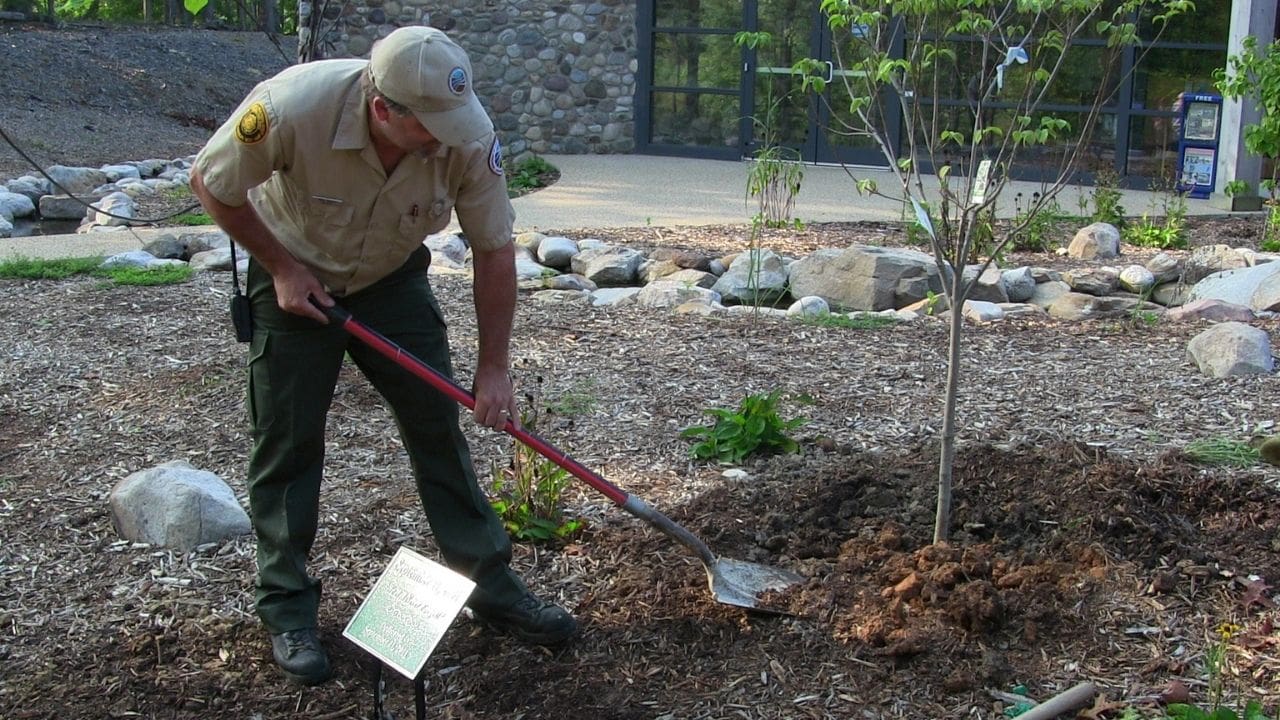

Soil Fertility Enhancement
To enhance soil fertility in agroforestry systems, integrating organic matter and cover crops can significantly improve nutrient availability and soil structure, promoting healthy plant growth and sustainable agricultural practices.
Organic matter, such as compost and manure, enhances soil fertility by providing essential nutrients like nitrogen, phosphorus, and potassium. Additionally, it improves soil structure, increasing water retention and reducing erosion.
Cover crops, like legumes, help fix nitrogen in the soil, making it more available for other plants. These crops also act as a protective layer, preventing soil erosion and compaction. Furthermore, cover crops enhance microbial activity, fostering a healthy soil ecosystem.
Soil fertility enhancement in agroforestry systems also involves the use of crop rotation to minimize nutrient depletion and pest outbreaks. By rotating crops, the nutrient uptake of specific plants is balanced, and pest populations are disrupted, reducing the need for chemical interventions.
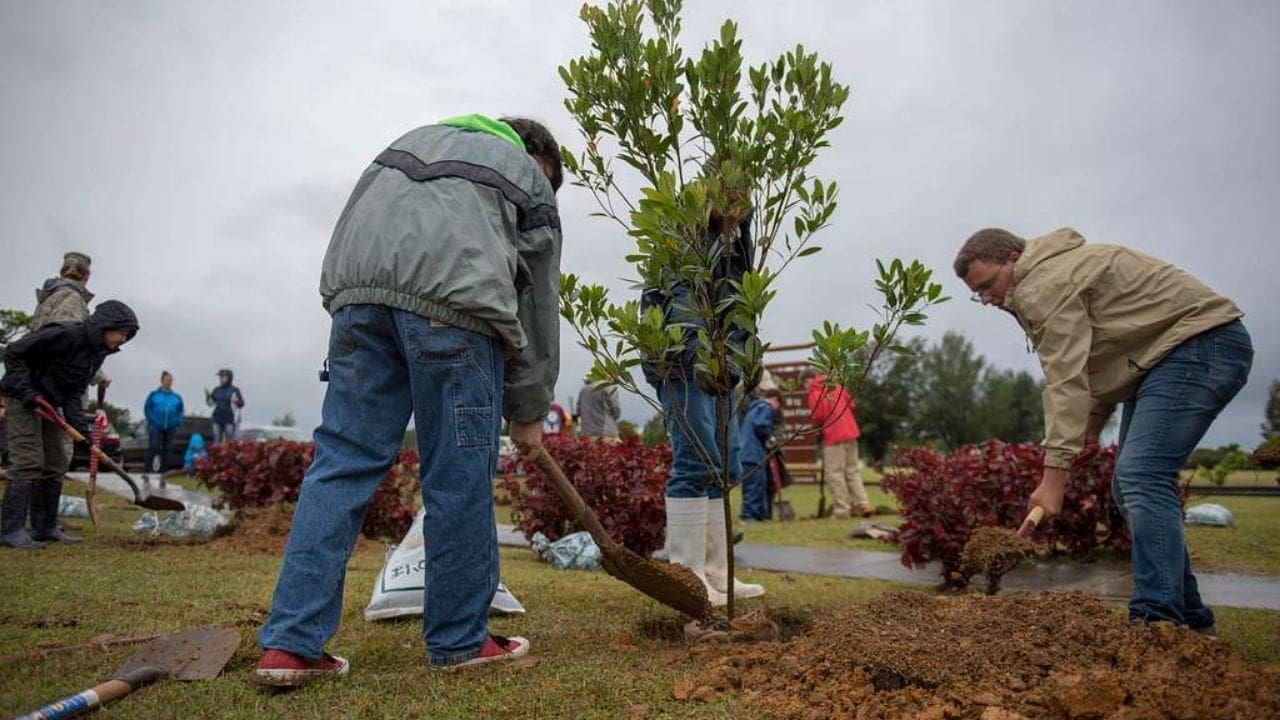

Livestock Integration
Integrating livestock into agroforestry systems offers a sustainable approach to maximizing land use efficiency and diversifying agricultural production. By combining trees, shrubs, and crops with livestock, farmers can enhance soil health, improve biodiversity, and mitigate climate change impacts. Livestock integration provides numerous benefits, including:
- Enhanced Soil Fertility: Livestock grazing can help cycle nutrients and promote soil aeration, leading to improved soil structure and fertility.
- Natural Pest Control: Grazing animals can help manage weeds and reduce the need for chemical herbicides, creating a safer environment for both livestock and crops.
- Increased Resilience: Livestock can contribute to diversified income streams, providing a buffer against market fluctuations and economic uncertainties.
- Carbon Sequestration: Agroforestry systems with integrated livestock can capture and store more carbon, mitigating climate change effects and contributing to a healthier environment.
- Sustainable Resource Use: Integrating livestock enables efficient use of resources, such as water and land, leading to a more sustainable and resilient agricultural system.
Integrating livestock into agroforestry systems not only enhances productivity but also fosters a balanced and sustainable ecosystem, promoting safety and long-term viability for farmers and the environment.
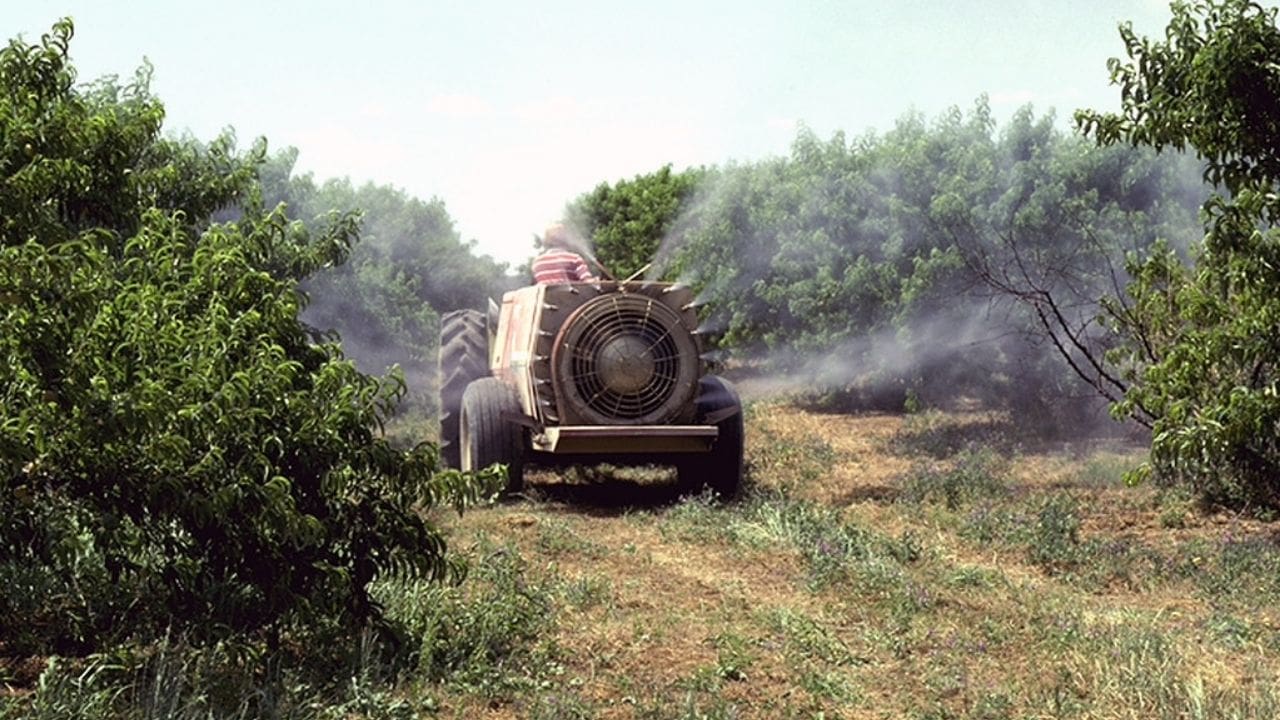

Crop Diversity
With livestock integration laying a strong foundation for soil health and agricultural resilience, the next critical aspect to explore in agroforestry systems is the significant role of crop diversity. Crop diversity is a fundamental component of sustainable agroforestry, offering numerous benefits for both the environment and agricultural productivity.
By cultivating a variety of crops within the agroforestry system, you can mitigate the risks associated with mono-cropping, such as vulnerability to pests, diseases, and extreme weather events. Additionally, diverse crops can enhance soil fertility through complementary nutrient uptake and improved soil structure. This not only promotes the overall health of the agroecosystem but also reduces the reliance on synthetic fertilizers, thereby contributing to a safer and more sustainable farming practice.
Furthermore, crop diversity can provide a stable and diverse food source, ensuring a more resilient system in the face of changing environmental conditions. Embracing crop diversity in agroforestry systems aligns with the principles of safety and sustainability, offering a well-rounded approach to modern farming practices.
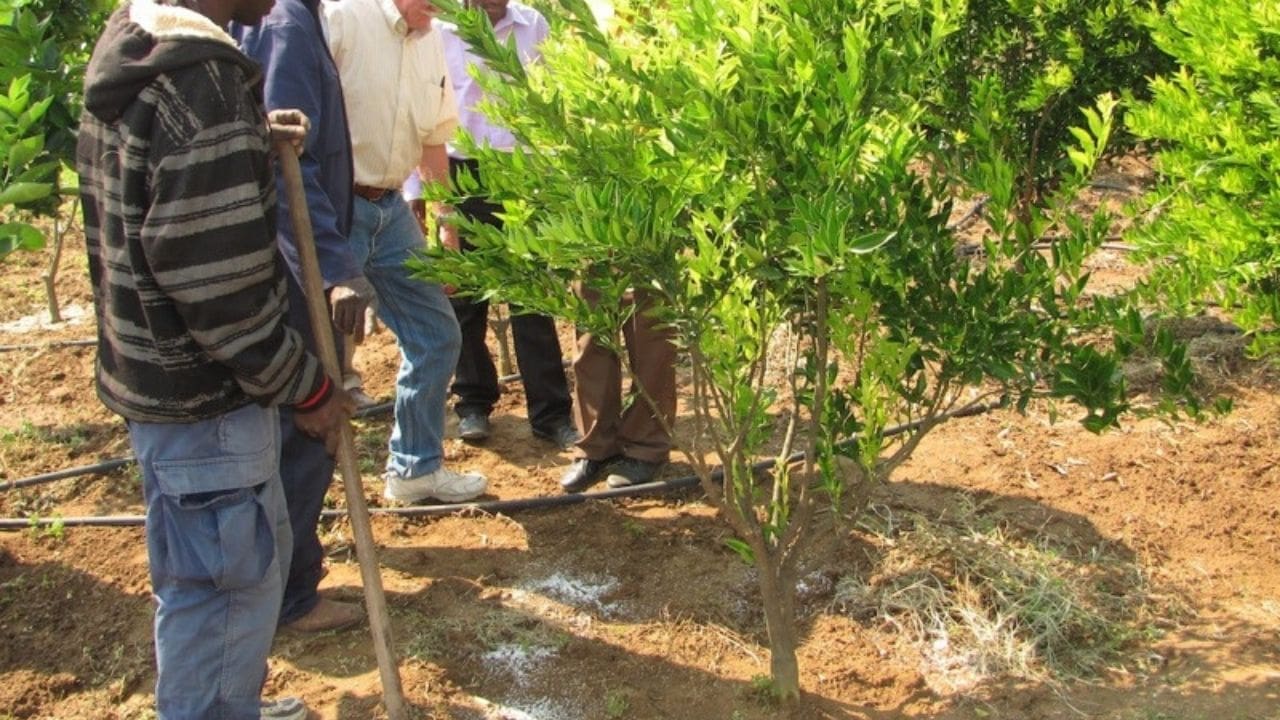

Water Conservation
Consider implementing water conservation practices in your agroforestry system to optimize resource use and promote sustainable farming practices. Water conservation is crucial for maintaining soil moisture, supporting plant growth, and preserving the overall health of your agroforestry system. By implementing the following practices, you can effectively conserve water and ensure the longevity and productivity of your farm:
- Mulching: Applying organic mulch around trees and crops helps to retain soil moisture, reduce evaporation, and suppress weed growth.
- Drip Irrigation: Utilizing drip irrigation systems delivers water directly to the base of plants, minimizing water waste and promoting efficient water usage.
- Rainwater Harvesting: Collecting and storing rainwater for later use can provide a sustainable water source for your agroforestry system, reducing reliance on traditional water supplies.
- Soil Management: Implementing soil conservation techniques such as contour plowing and terracing helps to prevent water runoff and soil erosion, maintaining moisture levels within the system.
- Plant Selection: Choosing drought-resistant plant varieties adapted to your specific climate and soil conditions can significantly reduce water requirements while promoting crop success.
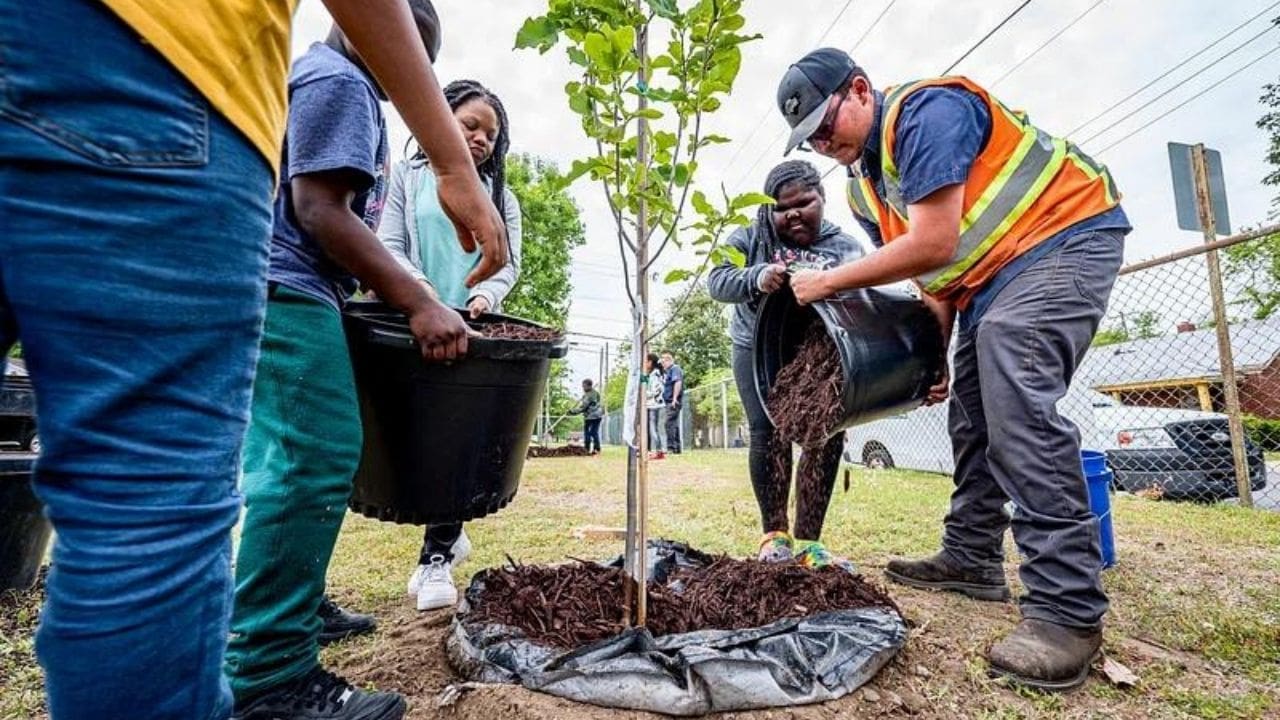

Carbon Capture
To maximize the environmental benefits of your agroforestry system, focus on enhancing carbon capture through strategic tree planting and management practices.
Carbon capture is crucial for mitigating climate change and enhancing the overall sustainability of your agricultural operations. Trees act as carbon sinks, absorbing carbon dioxide from the atmosphere through the process of photosynthesis and storing it in their biomass and in the soil.
When selecting tree species for your agroforestry system, prioritize those with high carbon sequestration potential, such as fast-growing hardwoods and long-lived conifers. Additionally, maintaining diverse tree species within your system can further enhance carbon capture, as different species have varying growth rates and carbon storage capacities.
Proper management practices, including regular monitoring, pruning, and maintenance of healthy tree growth, are essential for maximizing carbon sequestration. By integrating these strategies into your agroforestry system, you can significantly contribute to carbon capture efforts while creating a more sustainable and resilient farming operation.
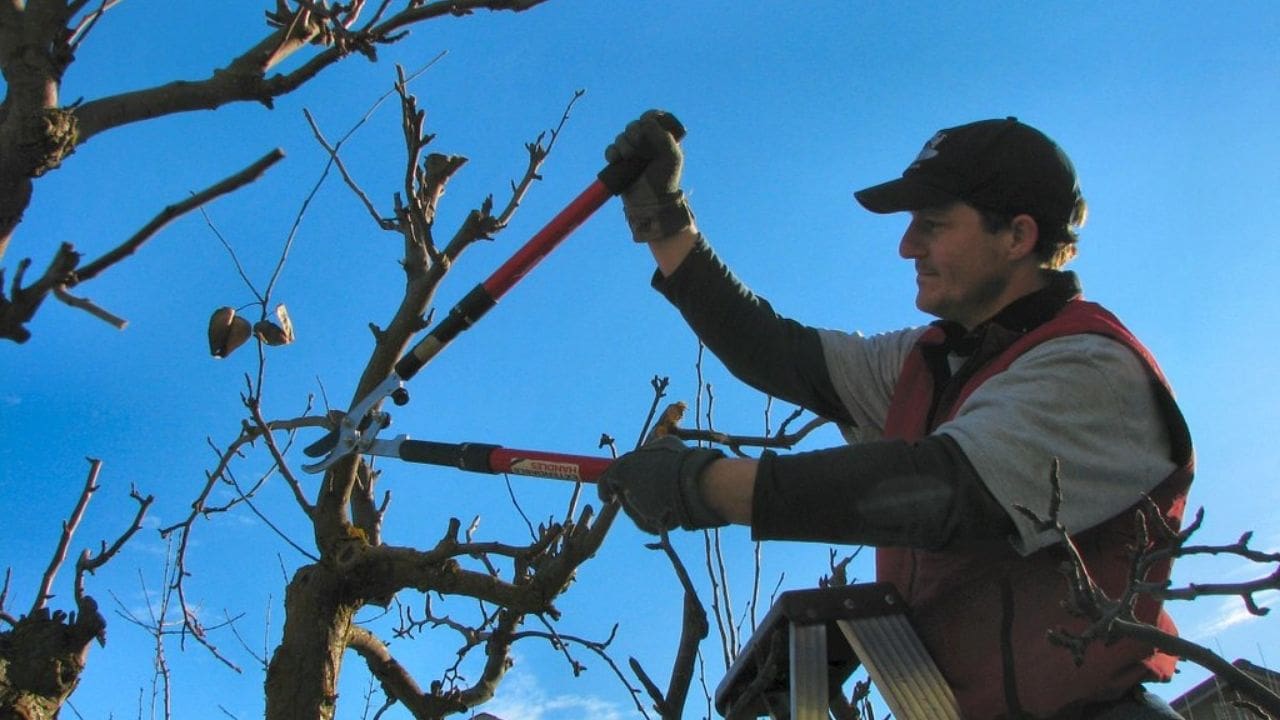

Frequently Asked Questions
How Do Agroforestry Systems Impact Local Wildlife and Biodiversity?
Agroforestry systems impact local wildlife and biodiversity by providing habitat, food sources, and shelter. They promote a diverse ecosystem, benefiting numerous species. By integrating trees and crops, these systems support a balanced environment.
What Are the Potential Economic Benefits of Implementing Agroforestry Systems on a Farm?
Implementing agroforestry systems on your farm can bring potential economic benefits such as diversified income streams, reduced input costs, improved soil fertility, increased crop yields, and enhanced resilience to climate variability, contributing to long-term sustainability and profitability.
How Can Farmers Effectively Manage and Maintain Agroforestry Systems on Their Land?
To effectively manage and maintain agroforestry systems on your land, it’s crucial to regularly monitor tree and crop health, implement proper livestock integration, and plan for sustainable water usage. These practices ensure long-term success and environmental benefits.
What Are Some Common Challenges Farmers Face When Transitioning to Agroforestry Practices?
When transitioning to agroforestry, you might encounter challenges such as adapting to new planting techniques, managing tree and crop interactions, and addressing potential market uncertainties. Overcoming these obstacles can lead to sustainable and fruitful outcomes.
Are There Any Government Incentives or Programs Available to Support Farmers Interested in Implementing Agroforestry Systems?
Yes, there are government incentives and programs available to support farmers interested in implementing agroforestry systems. These programs offer financial assistance, technical support, and resources to help you transition and maintain sustainable agroforestry practices.


Hello there! I’m Logan Foster, the green-thumbed social media marketer behind the vibrant world of 1800TreeGuy.com. With roots firmly planted in arboriculture, I’ve branched out to help clients cultivate their dream outdoor spaces, one leafy canopy at a time. My knack for nurturing nature is more than a profession—it’s a way of life.
When I’m not talking trees and teaching the art of arboreal care, you can find me cheering on the Bulldogs—my alma mater’s pride and my forever team. My environmental studies there didn’t just teach me about ecosystems; they instilled a lifelong passion for protecting our planet.
Off the clock, I’m an adventurer at heart. Whether it’s trekking the Appalachian trails, pedaling down a mountain path, or crafting guides to share the wonders of the wild, I’m happiest with soil under my nails and the sun on my face. And let’s not forget Yoda, my pug sidekick. He may not have mastered the art of stillness, but his joyful grins are my daily dose of happiness.
I’m all about making connections—between people and the great outdoors and between my clients and their ideal landscape visions. My approach is personal; every tree has a story, and every garden reflects its caretaker.
If you want to green your scene or share in my outdoor escapades, give me a shout on Instagram or Facebook. Let’s cultivate a conversation and grow a community rooted in a love for the lush life.















